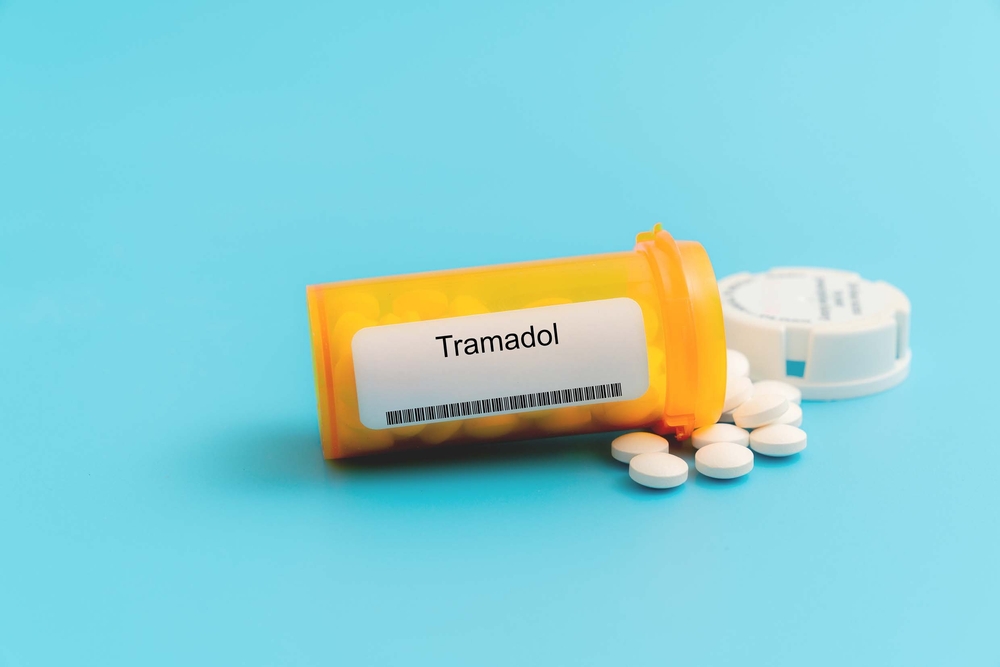Last Updated:
July 22nd, 2025
Tramadol Rehab Treatment | What to Expect
It is not an easy thing to ask for help when you have a tramadol addiction but if you are reading this, then that is already a great start. If left untreated, addiction to tramadol can be deadly so it is crucial to begin recovery as soon as possible. Knowing what happens during tramadol rehab and how it builds on the other stages of treatment can help take some of the uncertainty out of it. You can then feel more confident about the process and begin to plan your own recovery journey.

What is tramadol rehab?
Tramadol rehab is usually the second stage of tramadol addiction treatment. It follows tramadol detox, which is where your body clears all of the drug and you get through the worst of the physical stuff with medical support.
After that, it’s time to deal with the emotional stuff that tramadol may have been covering up. Whether you first started taking it on prescription or not, tramadol often becomes some kind of chemical crutch or coping mechanism. Tramadol rehab offers a series of different therapies where you look back at hard memories, personal problems or unresolved physical pain that have kept you dependent.
The goal is to resolve any issues that can be resolved and to learn how to manage any that can’t be. You will then hopefully be able to face the ups and downs of life, which previously pushed you to tramadol use.
Why is tramadol rehab important?
Tramadol rehab is important because if you only address the physical bit of your dependency, all of the real issues under the surface can just boil up again later. That is why recovery experts now understand that detox alone is not effective treatment for tramadol addiction.
Tramadol rehab is designed and delivered by professionals who actually understand what addiction looks like and how messy it can feel. They won’t judge you and use all their knowledge and experience to help you look at patterns in your thinking and behaviour which trigger tramadol use.
Perhaps most importantly, especially if you choose inpatient tramadol rehab, you will be taken out of your normal environment. This can be a massive relief because you don’t have to keep pretending everything’s fine or try to explain yourself to people who don’t understand. Being somewhere new, surrounded by people whose job it is to support you, gives you space to breathe and focus just on getting better.
What are the options for tramadol rehab?
If you’re looking for tramadol rehab in the UK, you’ve got two main routes: outpatient and inpatient. Outpatient rehab is free through the NHS and lets you stay at home while attending therapy during the week. Inpatient rehab means living full-time at a private tramadol rehab clinic where everything is in one place.
Inpatient tramadol rehab tends to have better results for people struggling with heavier or more complicated tramadol use. That is because it takes you out of your normal life for a bit so you can fully focus on getting better. But if your situation feels more manageable and you have strong support at home, outpatient might still work for you.
Inpatient tramadol rehab usually starts with a medical detox where your body clears out the drug while you are looked after by an expert team of doctors are nurses. Then your days are filled with therapy sessions, activities and time to recover emotionally. With outpatient care, you may need to wait for a detox bed at a hospital before therapy begins and that can take time.
In the end, it comes down to what suits your life best. Private tramadol rehab can be expensive but many centres offer payment plans or take insurance. Charities like Turning Point and even the NHS can sometimes help cover the cost of private rehab too.
Therapies involved in tramadol addiction treatment
Different tramadol rehab programmes take various approaches but it really helps to go somewhere with lots of therapy options. Here are some of the ones that you should be looking for:
What to expect in tramadol rehab
When you’re in tramadol rehab, the days are highly structured and that can be a welcome change from a chaotic life. You will usually start with a decent breakfast and then get into morning therapy. That could mean chatting one-on-one with someone or talking things through with a group.
After lunch, you may learn more about how addiction works and how to start coping without tramadol. There are usually group activities and some tramadol rehab programmes use the 12-step model to help you understand yourself better.
There may then be holistic therapies to move your body or clear your head and downtime to just breathe or chat. Evenings are usually slower so you can hang out a bit, journal and get ready for the next day.

How rehab supports long-term recovery from tramadol
The tramadol rehab process doesn’t just end when you walk out the door. Aftercare is needed to prevent any slip ups while you get used to life without tramadol. Here is what to look for in a good aftercare setup:
How to find tramadol rehab near me?
Addiction Helper can guide you to the best tramadol rehab programmes in the country. We can explain what your options are, what rehab is really like and how to take the next step when you’re ready. Contact us today for professional help.
Our compassionate team are ready and available to take your call, and guide you towards lasting the lasting addiction recovery you deserve.
Frequently Asked Questions
(Click here to see works cited)
- Liberty House. “Tramadol Rehab | Tramadol Addiction Treatment.” Liberty House, 17 February 2025, https://www.libertyhouseclinic.co.uk/prescription-drug-rehab/opioid/tramadol/. Accessed 20 June 2025.
- UK Addiction Treatment Centres. “Tramadol rehab | Tramadol addiction treatment | UKAT.” UK Addiction Treatment Centres, 28 March 2025, https://www.ukat.co.uk/rehab-treatment/drug/prescription/opiate/tramadol/. Accessed 20 June 2025.
- UK Rehab. “Tramadol Rehab | Tramadol Addiction Treatment Process.” UK Rehab, https://www.uk-rehab.com/prescription-drug-rehab/opioid/tramadol/. Accessed 20 June 2025.

